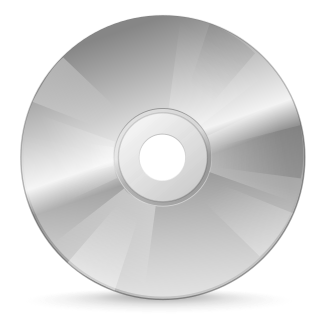History of Computers - Compact Disc
In 1972, the compact disc (CD) was invented in the United States.
Contents
Overview
The CD is an optical disc in the form of ROM (Read Only Memory) that is a method of sharing data. The CD was made using the technology from the previously used Laser Disc. The CD was originally made to store audio only but now stores any type of data from a computer. Types of compact discs include the CD-ROM, a pre-written CD not writable on a computer, the CD-R, a one-time computer writable CD, and the CD-RW, a computer rewritable version of the CD.

Significance
Still used today, the CD is one of the main ways of sharing files between computers. Due to its greater usability and disk space, the compact disc has almost completely replaced the Floppy Disk. Aside from storage for computers, the CD is also the primary means of distributing and playing audio. The CD is crucial to distributing information between computers because of its ability to be written to by lasers in a CD drive and its ability to be read. However, devices such as the USB flash drive are replacing the compact disc because the flash drive is smaller, has a larger storage space, and is more easily rewritable.